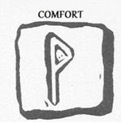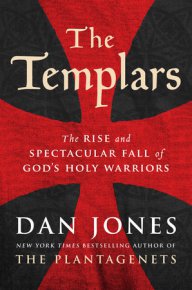Enjoy an exclusive guest post from K.N. Johnson, author of “The Clearing,” which will be featured in the upcoming anthology ON FIRE set for release on 12.01.17.
In my story “The Clearing,” Elka and her fellow townspeople participate in a ceremony seeking messages from the gods. When a big lightning storm brews, they gather wood, prepare planks, and place them in the ceremonial clearing. Lightning skips some but strikes others, leaving fractal burns. My characters interpret these burns as messages on how to live their lives.
While dry sticks and even smoke from burning wood have been used in fortune telling since ancient times, I liked the idea of seeking messages in wood hit by lightning—a symbol of the gods in many mythologies. But I wondered, had anyone ever tried it?
I wasn’t looking for the art of wood burning, those outlines of homes, pets, and family surnames on woodcuts sold at art fairs and mall kiosks. I was looking for high voltage meets wood and SIZZLE!, there’s your message.

Photo (c) Wayne Schmidt
And that’s when I found Lichtenberg figures. The German physicist Georg Lichtenberg used high voltage static electricity to study radial patterns. These same patterns appear after lightning strikes on golf courses, meadows, and the flesh of victims of direct lightning strikes. These fernlike patterns mesmerize people—it’s like nature-made art, or dare I say, messages from the sky.
The safest way to capture these patterns…wait, did I say safe? It’s not safe. Burning wood with electricity is dangerous. One hand in the wrong spot and ZAP!, you’ve burned a hand or jolted your heart with a deadly dose of electricity.

Photo (c) Wayne Schmidt
Instead of waiting for lightning, the spark comes from a transformer—a palm-sized power source for neon signs or your kitchen microwave. Normally, wood’s an insulator and it resists conducting electricity. But if it’s wet, such as the salt solution Elka brushed on her plank, the electricity runs at full current.
Leads at the end of each transformer wire are applied to opposite sides of the plank. Electricity burns into the wood, crackling fissures that spread and reach for the center. When they’re just short of touching, an arc may jump and send the board aflame. Then, you try again.
Like tea leaves and palms, reading burn patterns can be subjective. The most common pattern is a tree, the symbol of your life path or new creations. But, with closer inspection, you may find smaller shapes repeated. An X= gift, a triangulated P = comfort, small triangles = thorns. Are the branches touching or does a gap remain between them? Are they few and fine or numerous and deep?


In the end, it’s up to you to find the message you were seeking. Just like it was for Elka.
K.N. Johnson won first place in Mythraeum’s contest for her dark take on the Pygmalion myth. Her story “Frigid” is now being developed as a short film by Loste Films. Her short stories have appeared in Proximity Magazine, plus the anthologies A Journey of Words, Polterguests, A Haunting of Words, and the upcoming science fiction anthology Terra Nullius. She serves as an Acquisitions Editor for Mighty Quill Books and is a member of the Horror Writer’s Association.
Here’s a link to a video by The Backyard Scientist “Woodburning With Electricity.”
Featured Image (c) Amanda Lien
Advertisements Share this:- More





